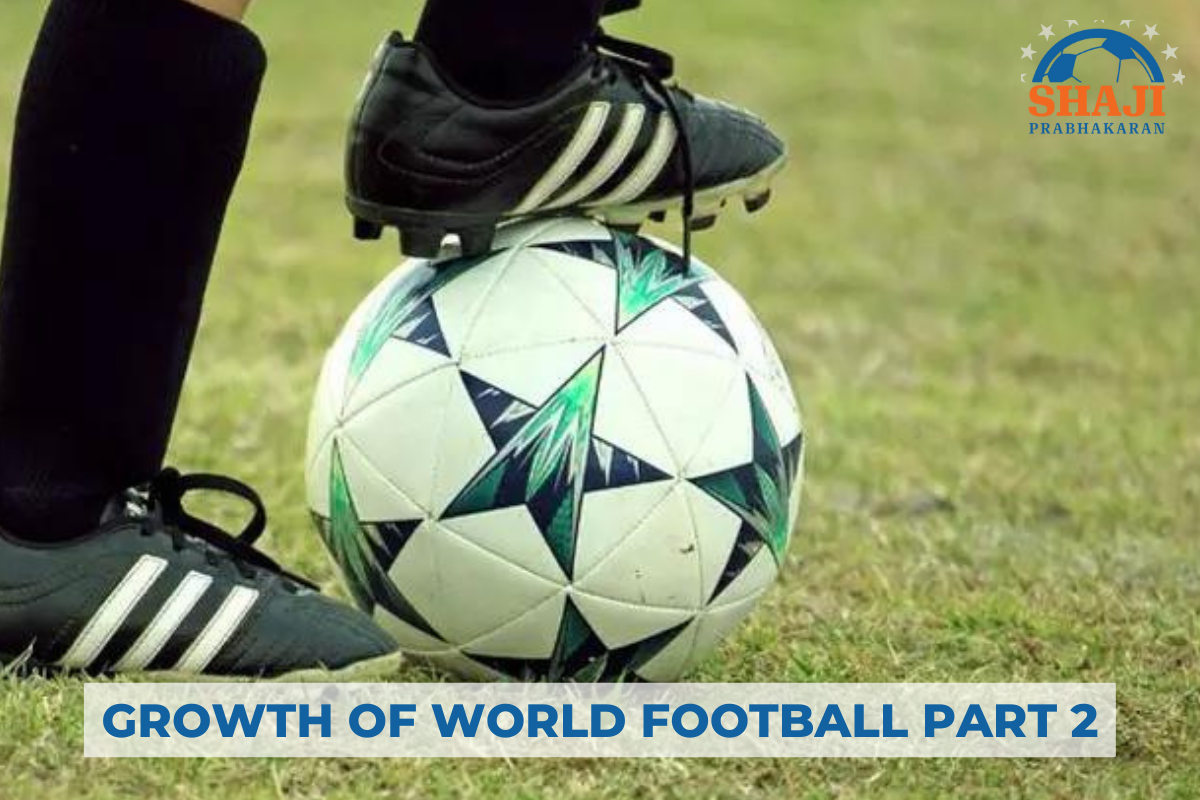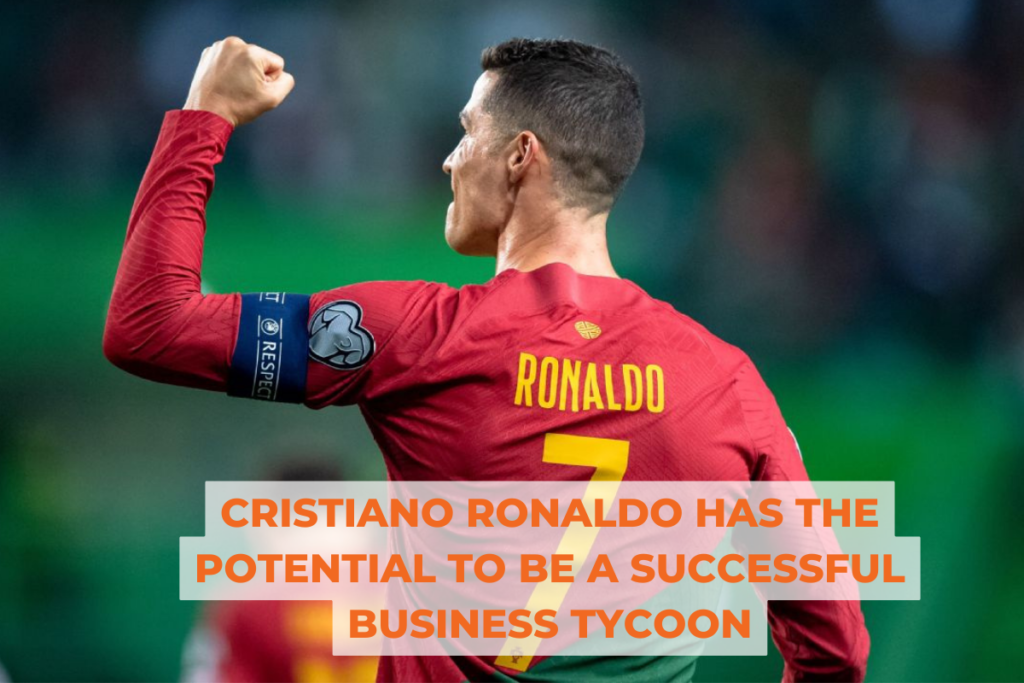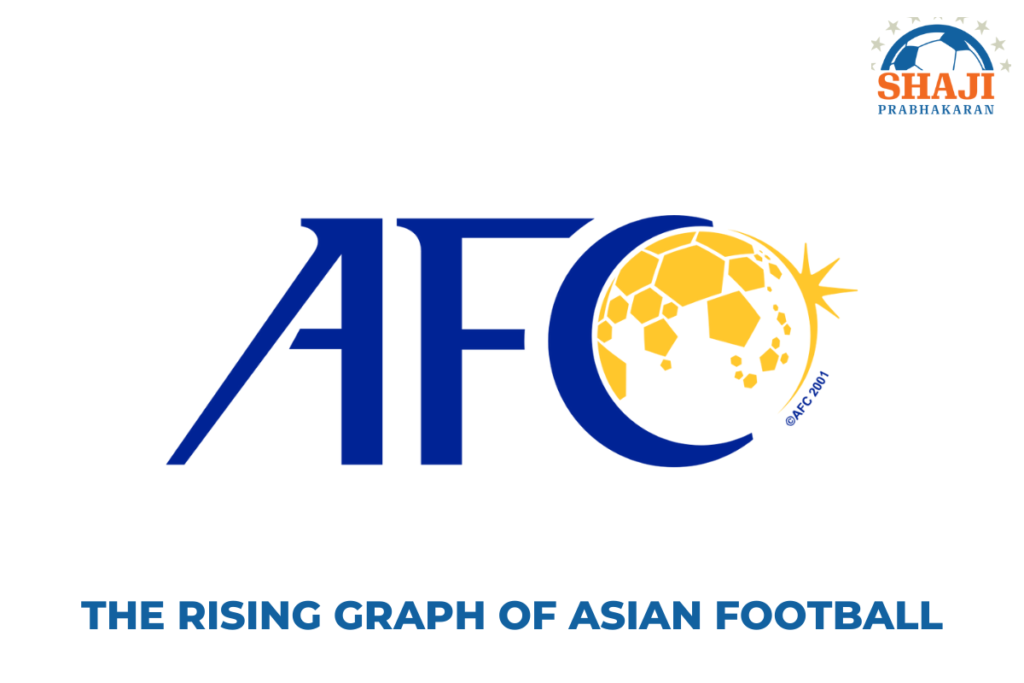MIDDLE EAST
QATAR
Football has been played in Qatar for 60 years and remains the country’s most popular sport. In 1948 what began as a game played by workers in the oil industry soon took over the entire country.
Since then Qatar has posted impressive results on the international stage. In 1981, the youth team qualified for the FIFA World Youth Championship in Australia where they surprised the world by beating Brazil and England successively on their way to the Final where they lost to West Germany.
![]() Their success at the youth level has been possible due to investments in youth football which has been a constant focus for Qatar. They have qualified for the FIFA U17 World Cup six times. To further develop Qatari talent in football and other sports, the government opened the Aspire Academy for Sports Excellence in 2006. Graduating classes in this academy generally feature about 30 students, half of whom are football players. Of those, many have gone on to play in the Qatar Stars League (OSL). In the coming years, the school is expected to produce top-quality players not just for the QSL, but also to serve as the backbone of the national team, allowing Al-Annabi to become more prominent on the international stage.
Their success at the youth level has been possible due to investments in youth football which has been a constant focus for Qatar. They have qualified for the FIFA U17 World Cup six times. To further develop Qatari talent in football and other sports, the government opened the Aspire Academy for Sports Excellence in 2006. Graduating classes in this academy generally feature about 30 students, half of whom are football players. Of those, many have gone on to play in the Qatar Stars League (OSL). In the coming years, the school is expected to produce top-quality players not just for the QSL, but also to serve as the backbone of the national team, allowing Al-Annabi to become more prominent on the international stage.
– Aspire Academy, Qatar
Qatar hosting the 2022 World Cup is again a fabulous opportunity not only for the Middle East but also for all of Asia to benefit from football development and get inspired to put in more resources and efforts.
The 2022 FIFA World Cup in Qatar will inspire new generations of Qatari player’s
EUROPE
RUSSIA
Russia is hosting the FIFA World Cup in 2018. Numerous legacy and development projects in the country have been established already in the country and will provide a great fillip to football in Russia.
With the 2018 World Cup on the agenda and a vastly improved domestic league backed by tycoons, Russian football is in rapid transition.
“For the first time, the football development program is receiving 6 percent of the RFS budget. By 2018 we want this share to increase by 30 percent” – Mutko
Russian sports minister and Russian Football Union chief Vitaly Mutko said that he is planning to increase the spending on national football development by 2018. The RFS has an opportunity to bring more investors, whose contribution may amount to up to 600 million rubles ($ 8.6 million), which would help reconsider some concerning deficits.
The Russian football development program announced in 2013 that the aim is to modernize national football on levels including improving technical, information, and educational standards by 2020.
AFRICA
Through the 2010 FIFA World Cup Africa has been able to expand the scope of their development activities in the country thanks to additional initiatives like “Win in Africa”. Such programs have made a positive impact in a variety of areas including infrastructure, education, and technical development.
![]() Since 1999, FIFA has made an investment of USD 476 million through various programs such as the Financial Assistance Program (USD 228 million), Goal (USD 78 million), and Win in Africa with Africa (USD 70 million). These projects undertaken by FIFA have contributed in terms of building solid foundations for the continuous development of football. The fully financed youth talent academy in Rwanda that oversees the preparation of the U17 and U20 teams is a specific example of success for the “Goal” project.
Since 1999, FIFA has made an investment of USD 476 million through various programs such as the Financial Assistance Program (USD 228 million), Goal (USD 78 million), and Win in Africa with Africa (USD 70 million). These projects undertaken by FIFA have contributed in terms of building solid foundations for the continuous development of football. The fully financed youth talent academy in Rwanda that oversees the preparation of the U17 and U20 teams is a specific example of success for the “Goal” project.
FIFA also runs coaching, refereeing, medical, and administrative courses to instill an educational mindset to the game in order to facilitate learning and suitable development. The ultimate target of all these development programs is to find solutions to optimize the performance of African football.
The African continent is producing many world-class players, and its players are making a great impact in all the major leagues in the world. With these development initiatives in the entire African continent, football ability will only improve, also leading to more economic progress.![]()
The African continent itself can showcase world-class football properties to the world and that will eventually happen where local football will become much stronger. Adoption of best practices and professionalism will continue to grow African football.
SOUTH AMERICA
Football in South America is very popular and the continent has won 9 World Cups (Brazil 5, Argentina, and Uruguay 2 each) which is incredible, with the potential to even progress further! South America is also one of the biggest exporters of players to other continents. This situation has the potential to improve further if the development initiatives gain more focus on coach education, player development, and professional management of football across all levels including improving club structure and management. The continent as a whole is already focusing on reforms which would be an opportunity for South America to adopt global best practices to further improve the ecosystem of football in the region which would significantly strengthen football and have a great global impact.
GLOBAL DEVELOPMENT
Many developing countries are witnessing changes in their footballing structure with more global initiatives visible at grassroots, youth, and women’s football.
Governing bodies are focusing a great deal on initiatives and programs that will bear fruit and only help football grow significantly in these countries.
Talent scouting and development is also getting an increased focus and there is a value chain for the people associated with this process which is getting strengthened by improving regulations and players’ transfer system.
Coach education is gaining strength with each passing day, and technology and sports science is contributing to producing better coaches.
The FIFA World Cup is the biggest sporting occasion on the planet, and its commercial value will only go up with each passing day with emerging new markets. Broadcasting rights fees are indicative of the fact that the market value of football is only growing.
Overall investment, including key areas like R&D budgets in football, are going up and will help overall in better injury management, prevention, facility development, player development, development projects, etc. If major organizations increase research and development budgets then it will further help the sport.
In many parts of the world quality of stadiums is improving and match-day experiences are getting better this situation would further improve stadium attendance which is vital for the continuous growth of the game globally.
Whether it is Afghanistan, Syria, Iraq, or Yemen, football is a vehicle for togetherness, joy, and celebrations and globally there are countless football projects which support social development and address social issues, health, empowerment, peace, harmony, fighting poverty, malnutrition, etc. We have to maintain and increase this kind of project and show the world that the beautiful game is doing more and more to ease the suffering of the people and build bridges across the community for peace, harmony, and social upliftment.
Though there are major reasons to be optimistic for the game to grow at a substantial pace at the same time there are a few challenges that the game is currently going through and no way should these challenges reach a stage where it will be difficult to overcome. Challenges are match manipulation (integrity, match-fixing, etc.), racism, spectator violence, corruption, doping, conflict of interest, security, terrorism, etc., all have to be proactively dealt with. There are many initiatives to overcome these challenges through multiple efforts and it is important for all the stakeholders of the game and individual countries to work in perfect coordination to minimize and eradicate all the bad elements from the game. For individual States, it is important to enact appropriate laws and educate all to prevent the game from being maligned in any way.



